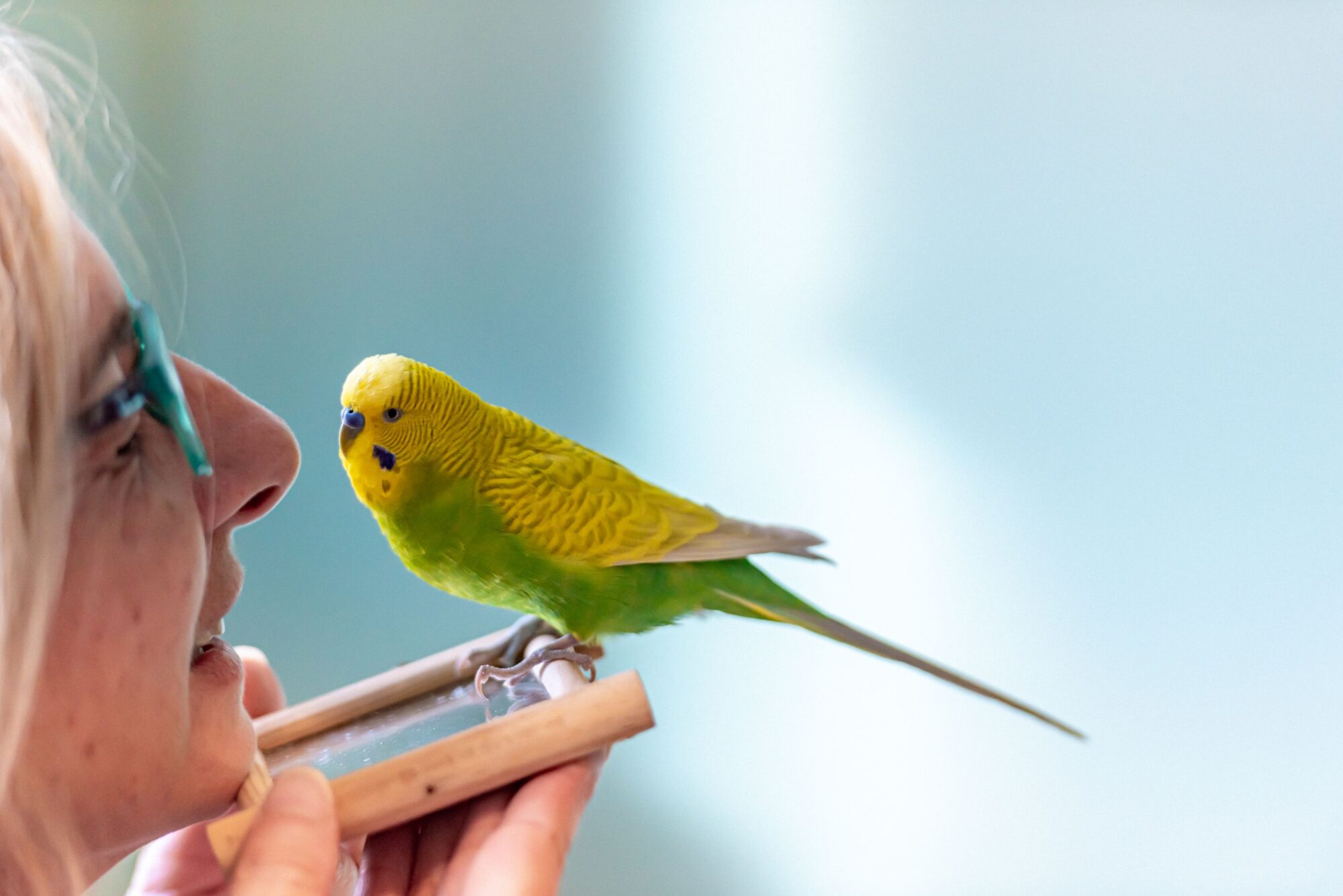Maintaining Optimal Temperature for Exotic Pets in Cooler Weather

As the cooler weather sets in, it’s essential to think about the well-being of our exotic pets. While dogs and cats may be more adaptable to varying temperatures, exotic pets require special care, especially when it comes to maintaining their optimal temperature.
Exotic pets encompass a diverse range of species, including birds, reptiles and amphibians, pocket pets, and small mammals, and non-traditional species like fish, invertebrates, and native wildlife.
At All Critters Veterinary Hospital, we understand the unique needs of exotic pets and are committed to ensuring their health and comfort year-round. In this blog post, we’ll explore the best practices for cold-weather care for exotic pets and how proper thermoregulation can make all the difference in their well-being.
Understanding Exotic Pet Winter Habitats
Before we delve into the specifics of cold weather care, it’s essential to grasp the diverse habitats from which our exotic pets originate. These unique environments play a significant role in determining their temperature preferences. For instance, reptiles such as geckos and snakes often hail from warm tropical regions, whereas certain amphibians and fish are native to cooler, temperate climates. Understanding these natural habitats can guide us in providing the best care for our exotic companions during the colder months.
The Importance of Thermoregulation for Exotic Pets
Thermoregulation, or the ability of an animal to control its body temperature, is vital for the overall health and functioning of exotic pets. In the wild, these animals can move between different temperature zones to find their optimal comfort level. However, in captivity, they rely on us to create a suitable environment for them. Failing to meet their thermoregulation needs can lead to various health issues, including stress, respiratory problems, and even metabolic disorders.
Tips for Cold Weather Care for Exotic Pets
1. Provide a Temperature Gradient: Mimicking the temperature gradient of their natural habitats can be important for some exotic pets. This means creating different temperature zones within their enclosure, with warmer and cooler areas. This way, they can move around to regulate their body temperature as needed.
2. Use Heat Lamps and Heating Pads: Heat lamps and heating pads are excellent tools to help maintain a warm area in the enclosure. Make sure to position these heat sources appropriately to avoid overheating or burns.
3. Monitor Humidity Levels: Some exotic pets, like tropical reptiles and amphibians, require higher humidity levels to thrive. Using a hygrometer, monitor the humidity in their habitat regularly and provide misting or a humidifier as needed.
4. Avoid Drafts: Exotic pets are sensitive to sudden temperature changes. Ensure their enclosure is placed in a draft-free area to prevent cold air from causing stress and health issues.
5. Adjust Feeding Schedule: Some exotic pets may become less active and eat less during colder weather. Monitor their feeding behavior and adjust their diet accordingly to avoid obesity or malnutrition.
6. Regular Veterinary Check-ups: Regular check-ups with a veterinarian experienced in exotic pet care are essential to detect any health issues early and ensure your pet is adapting well to the changing weather.
As the temperature drops, we have to take extra care of our exotic pets to make sure they remain healthy and happy throughout the colder months. Our experienced team understands the intricacies of caring for exotic pets and can offer valuable guidance on cold weather care and thermoregulation. Contact us to schedule an appointment. Together, we can ensure your unique companions thrive during Ohio’s cold weather months.
